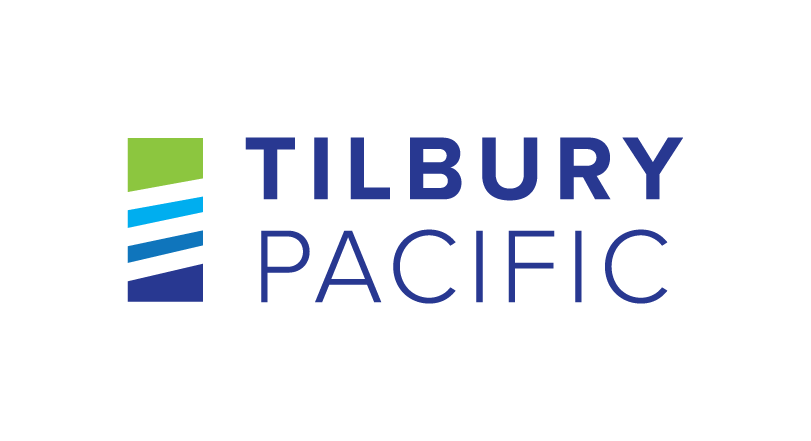ABOUT LNG
What is liquefied natural gas?
The world has huge reserves of natural gas, but much of it is located far from the places that need it. In order to move it over land and across oceans, natural gas can be transformed into a liquid state by cooling it to -162°C. LNG is made up of nearly pure methane. If spilled on water, the LNG floats on top until it vaporizes without leaving any residue.
A short history of LNG
The global LNG market set sail in the mid-1960s with the launch of the first purpose-built LNG carrier. Early shipments travelled from Africa to Europe. Now, decades later, the market has grown and the number of countries exporting LNG continues to increase with FortisBC sending shipments of Canadian LNG to Asia since 2017. LNG continues to rise in popularity throughout the world as a replacement for coal or diesel.
FortisBC was the first company in the world to offer truck-to-ship LNG marine fuel bunkering for local ferries and has over 6,000 successful bunkering events to date.
How LNG is transported
The LNG cooling process, called liquefaction, shrinks the volume of gas meaning more of it can be transported safely and efficiently on specialized vessels and vehicles that store the gas at very low temperatures. Once these ships and trucks reach their destinations the LNG is converted back into natural gas at dedicated terminals. The gas is then moved through pipelines where it can heat homes and businesses, generate electricity or fuel industries, vehicles and ships.
Why LNG’s profile is growing
In many parts of the world, the supply of natural gas is not as abundant as it is in B.C. High-impact fuels like diesel or coal provide the energy needs of communities far from natural gas resources. Delivering LNG by ship or by truck provides access to an energy alternative for these communities, providing environmental benefits by reducing emissions from ship engine exhaust. If all the marine fuel consumed in the Port of Vancouver were replaced with LNG benefits to the local airshed include:
- Sulphur oxides (SOx) reduced by 98%
- Nitrogen oxides (NOx) reduced by 84%
- Particulate matter (PM) reduced by 89%
- Greenhouse gases (GHG) reduced by up to 27% on a lifecycle-basis
Learn more about LNG
ABOUT LNG
What is liquefied natural gas?
The world has huge reserves of natural gas, but much of it is located far from the places that need it. In order to move it over land and across oceans, natural gas can be transformed into a liquid state by cooling it to -162°C. LNG is made up of nearly pure methane. If spilled on water, the LNG floats on top until it vaporizes without leaving any residue.
A short history of LNG
The global LNG market set sail in the mid-1960s with the launch of the first purpose-built LNG carrier. Early shipments travelled from Africa to Europe. Now, decades later, the market has grown and the number of countries exporting LNG continues to increase with FortisBC sending shipments of Canadian LNG to Asia since 2017. LNG continues to rise in popularity throughout the world as a replacement for coal or diesel.
FortisBC was the first company in the world to offer truck-to-ship LNG marine fuel bunkering for local ferries and has over 6,000 successful bunkering events to date.
How LNG is transported
The LNG cooling process, called liquefaction, shrinks the volume of gas meaning more of it can be transported safely and efficiently on specialized vessels and vehicles that store the gas at very low temperatures. Once these ships and trucks reach their destinations the LNG is converted back into natural gas at dedicated terminals. The gas is then moved through pipelines where it can heat homes and businesses, generate electricity or fuel industries, vehicles and ships.
Why LNG’s profile is growing
In many parts of the world, the supply of natural gas is not as abundant as it is in B.C. High-impact fuels like diesel or coal provide the energy needs of communities far from natural gas resources. Delivering LNG by ship or by truck provides access to an energy alternative for these communities, providing environmental benefits by reducing emissions from ship engine exhaust. If all the marine fuel consumed in the Port of Vancouver were replaced with LNG benefits to the local airshed include:
- Sulphur oxides (SOx) reduced by 98%
- Nitrogen oxides (NOx) reduced by 84%
- Particulate matter (PM) reduced by 89%
- Greenhouse gases (GHG) reduced by up to 27% on a lifecycle-basis
Learn more about LNG

